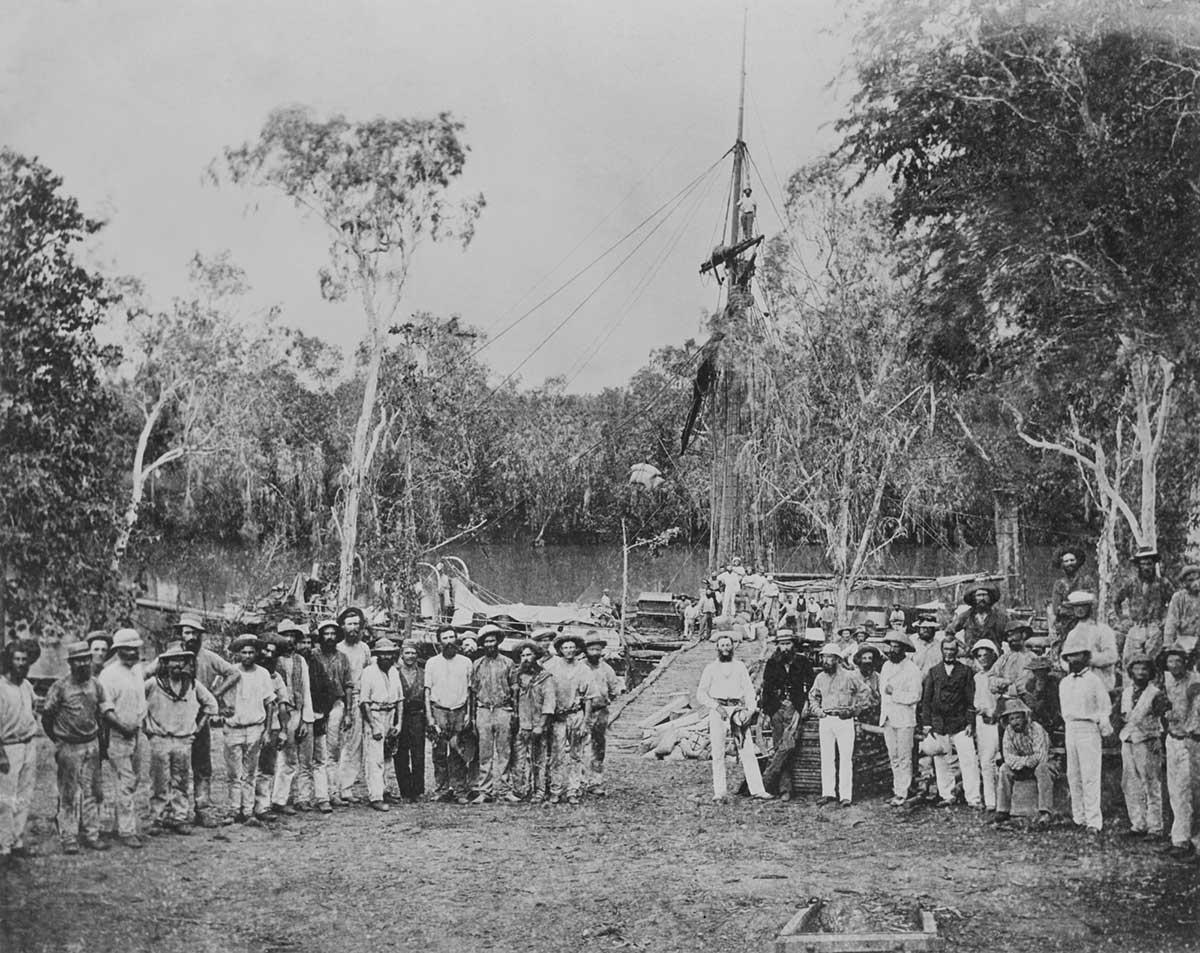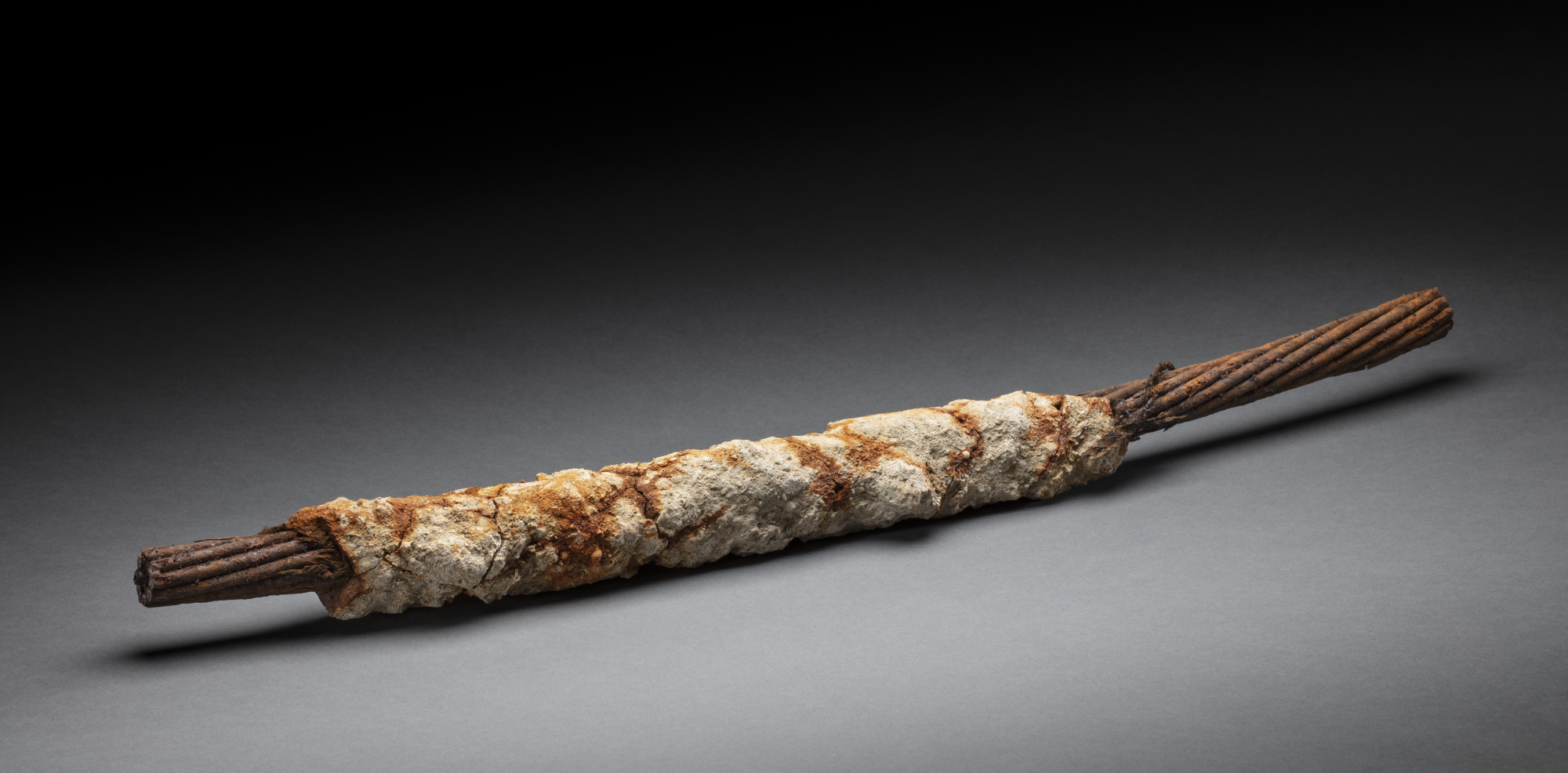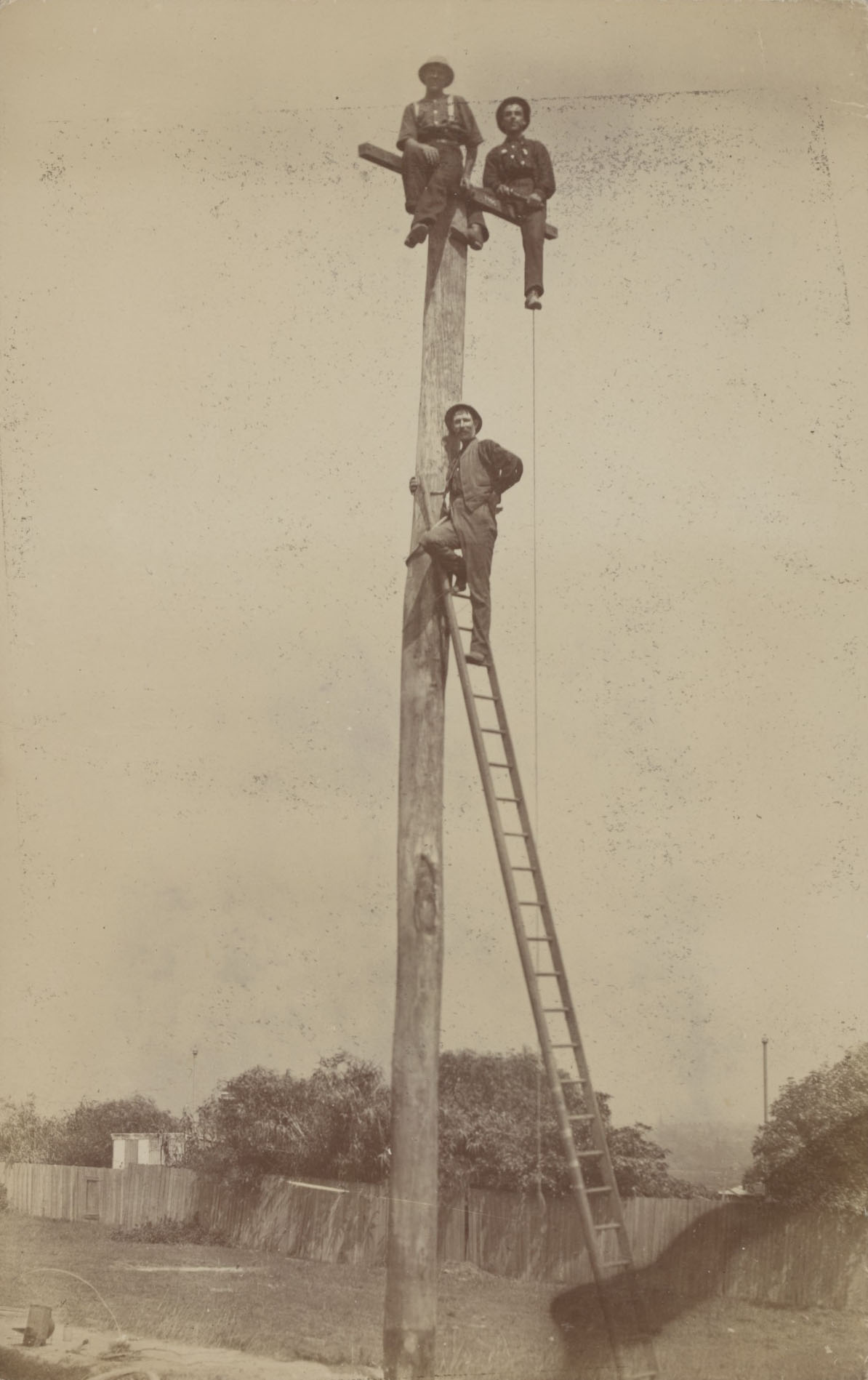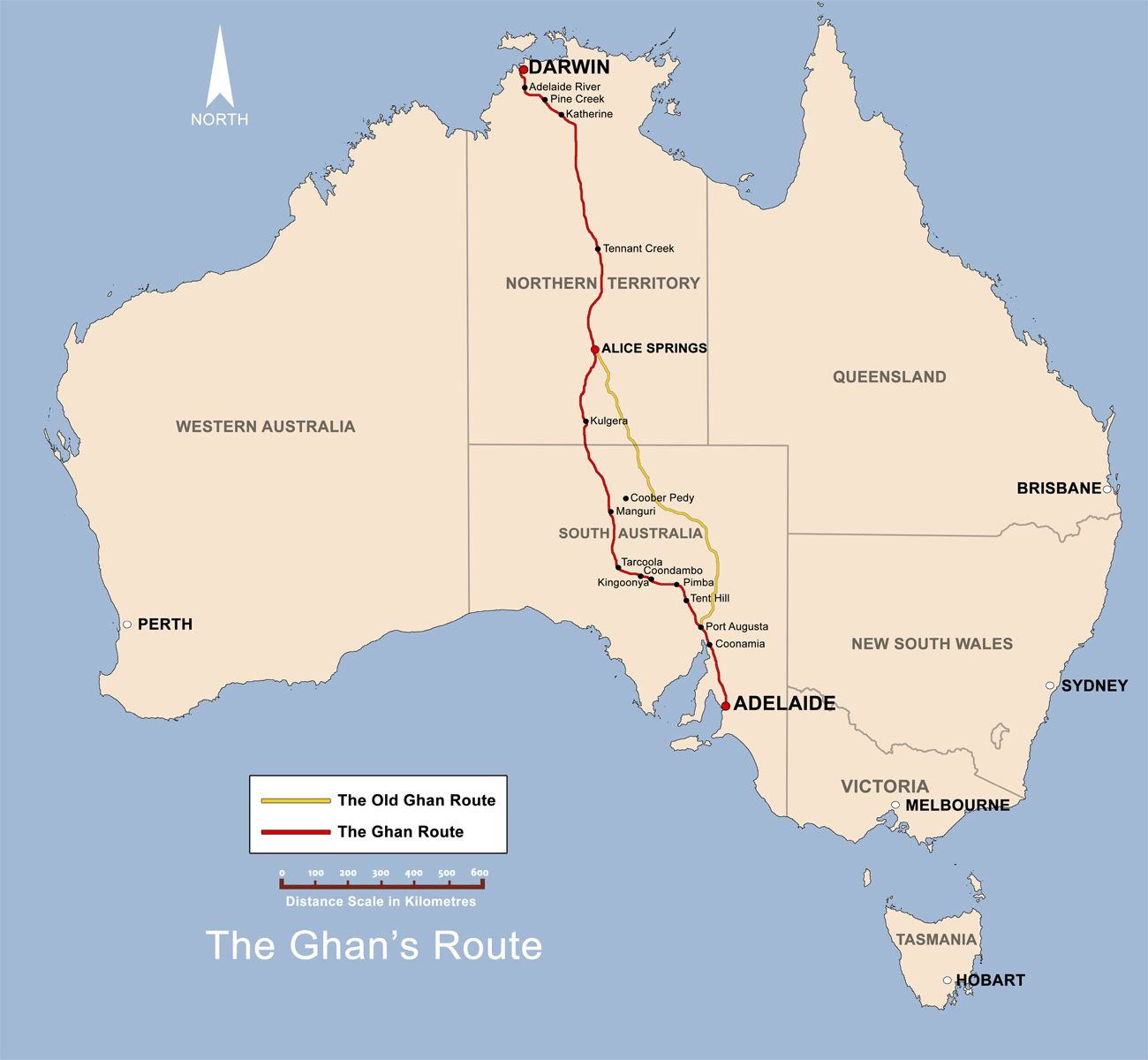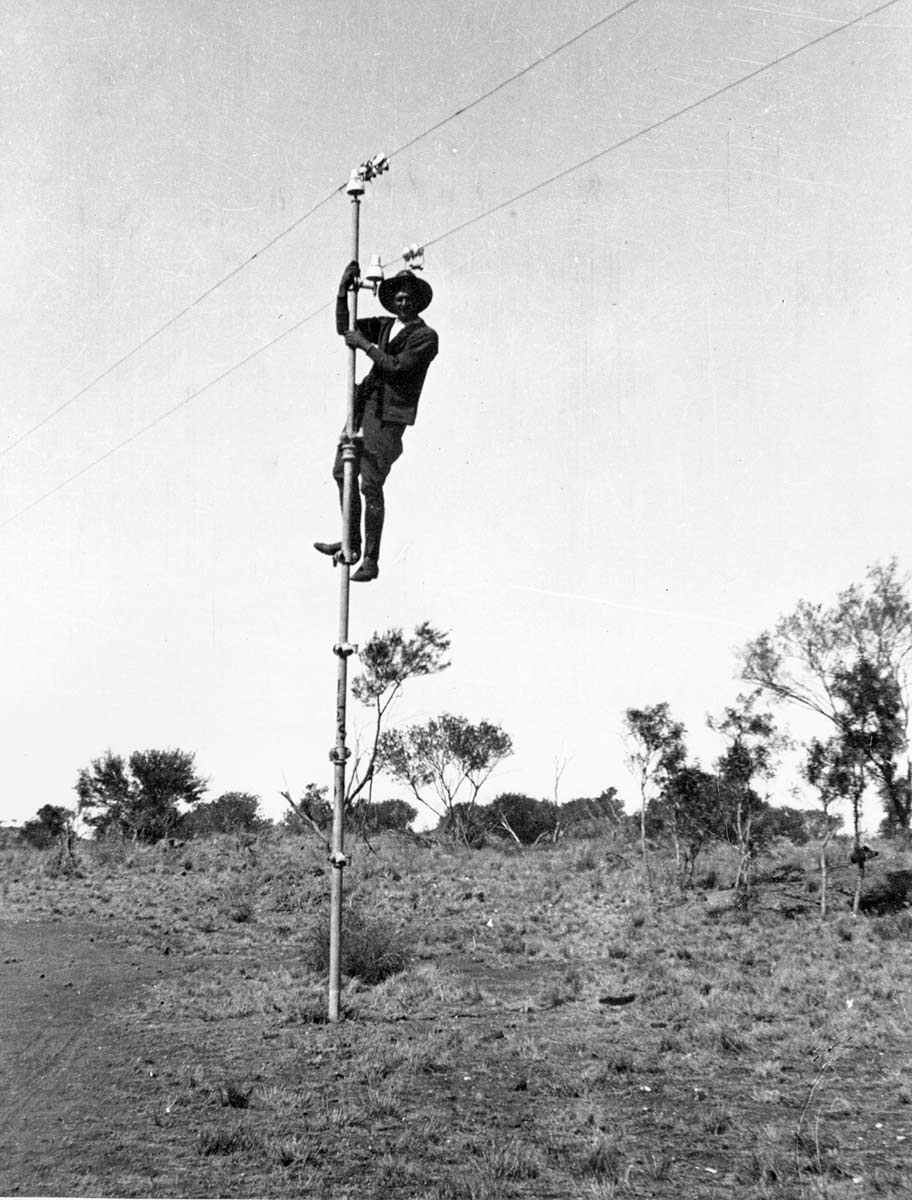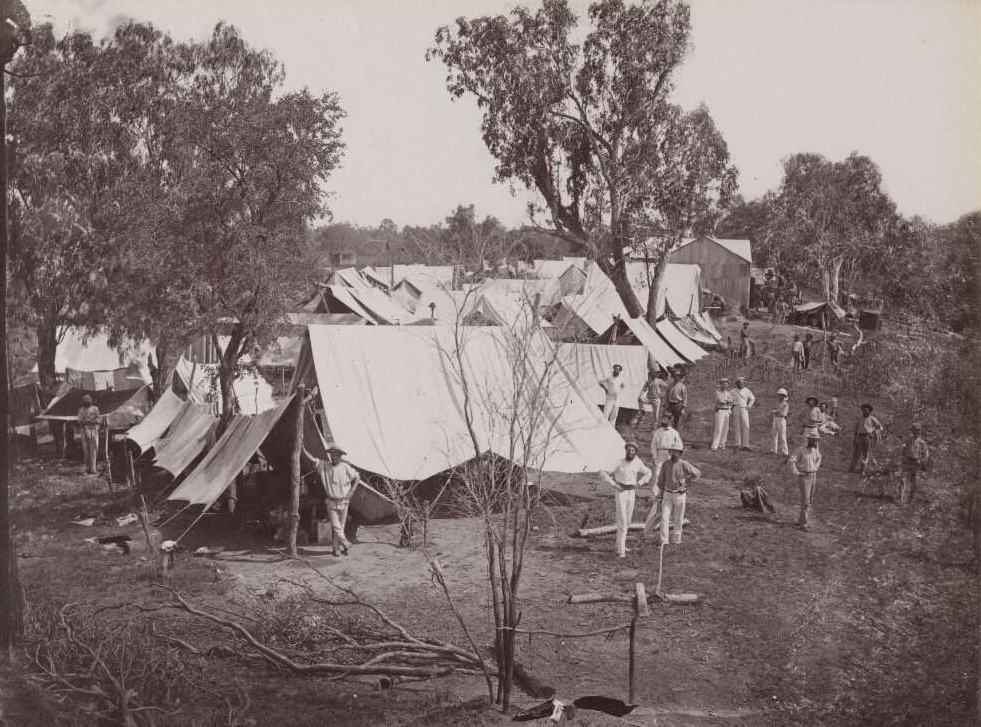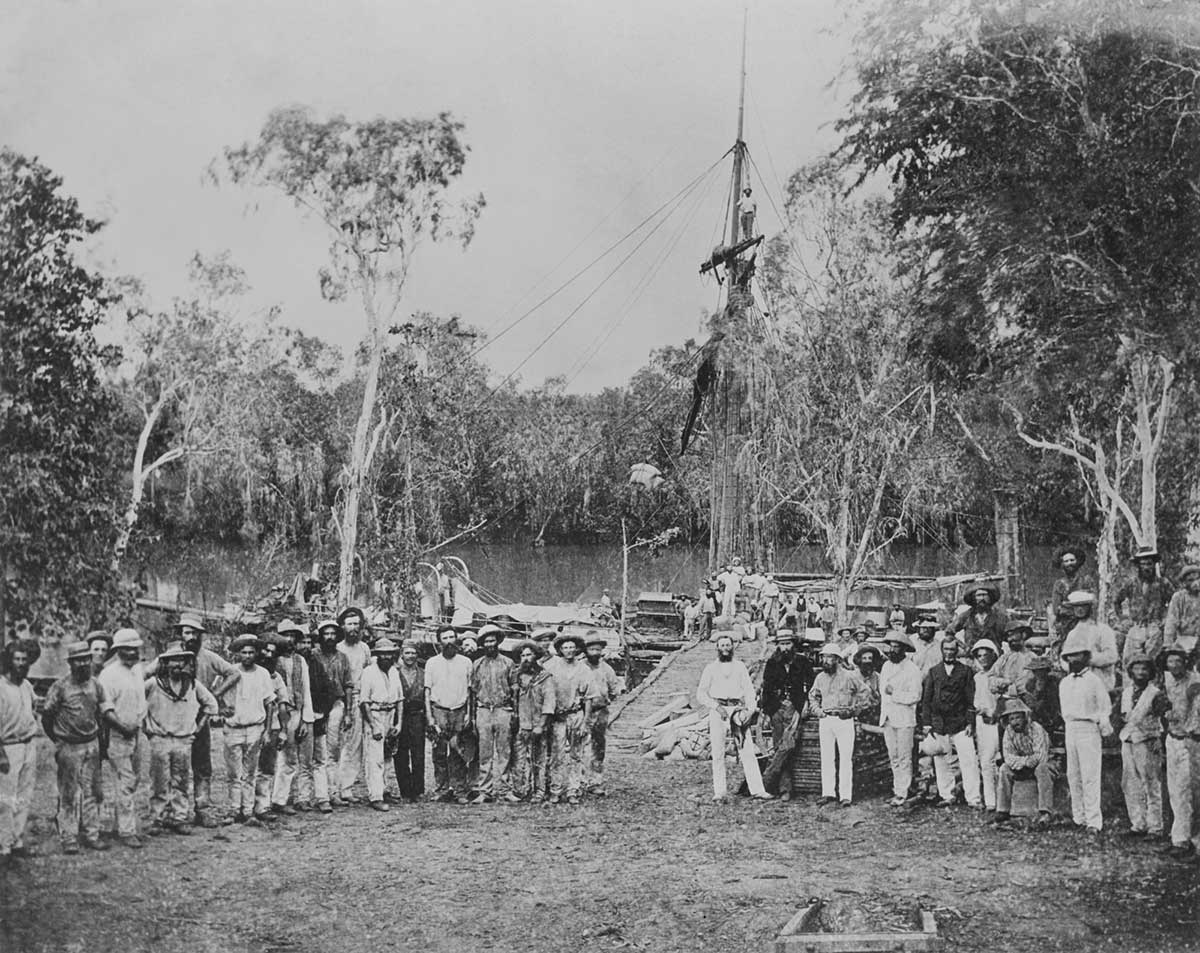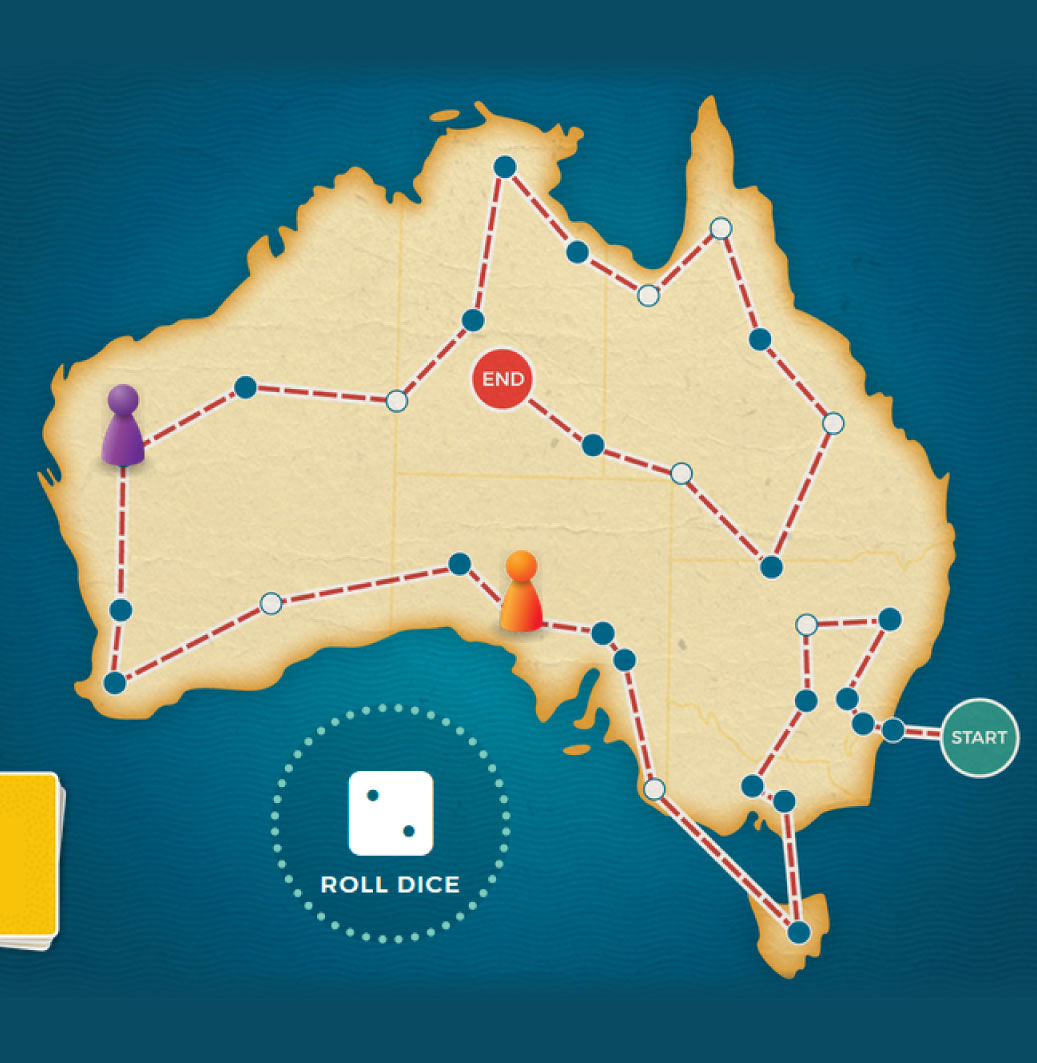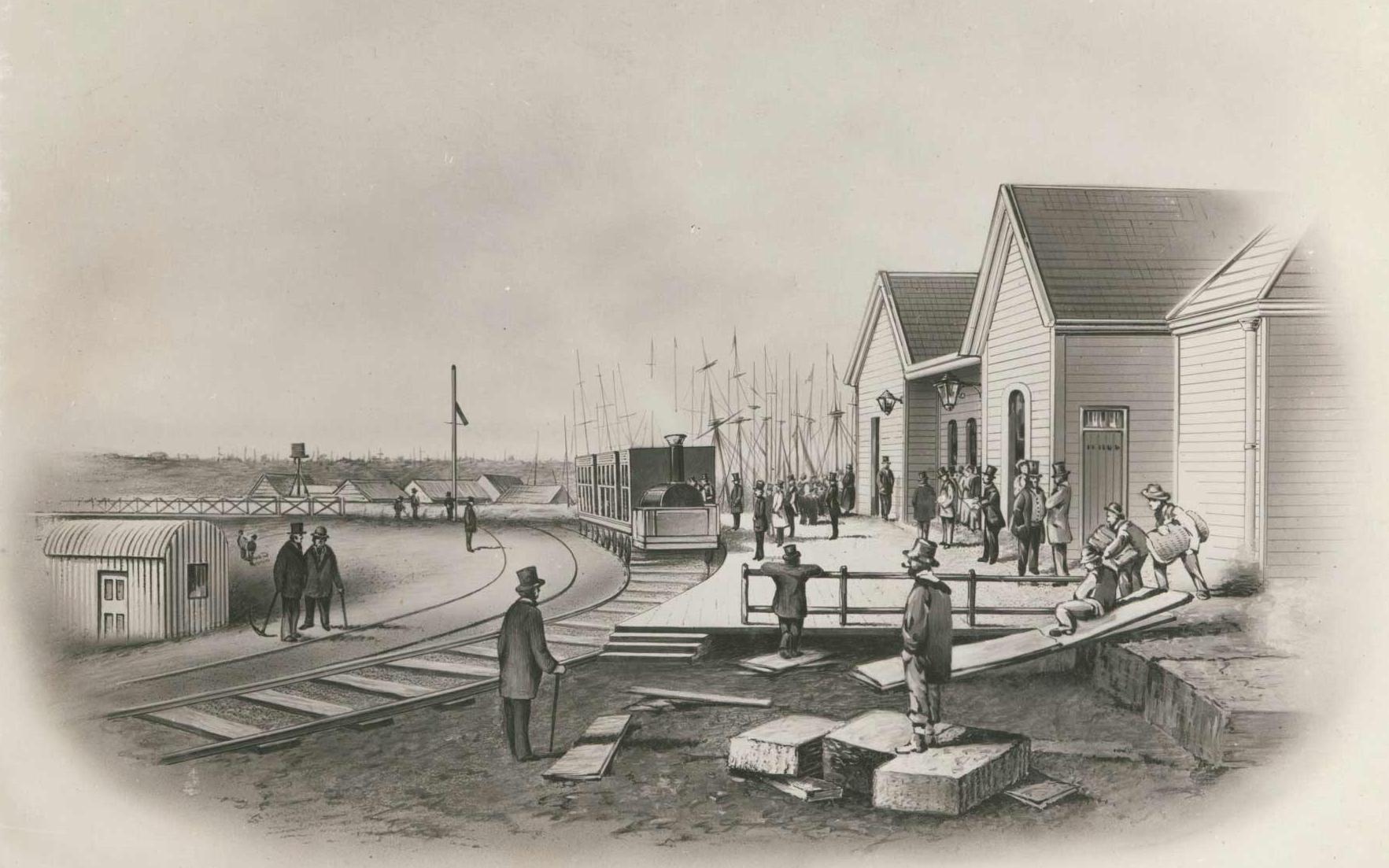The end of isolation
1872: Completion of the Overland Telegraph from Darwin to Port Augusta, South Australia
The end of isolation
1872: Completion of the Overland Telegraph from Darwin to Port Augusta, South Australia
In a snapshot
On 22 August 1872 the Overland Telegraph line (a system to send messages over long distances using cables and electric signals) was finished between Adelaide and Darwin. It has been described as the ‘greatest engineering feat carried out in nineteenth century Australia’. Within months it was linked to the Java-to-Darwin submarine telegraph cable and Australia’s communication time with Europe dropped from months to hours. Australia was no longer so isolated from the rest of the world.
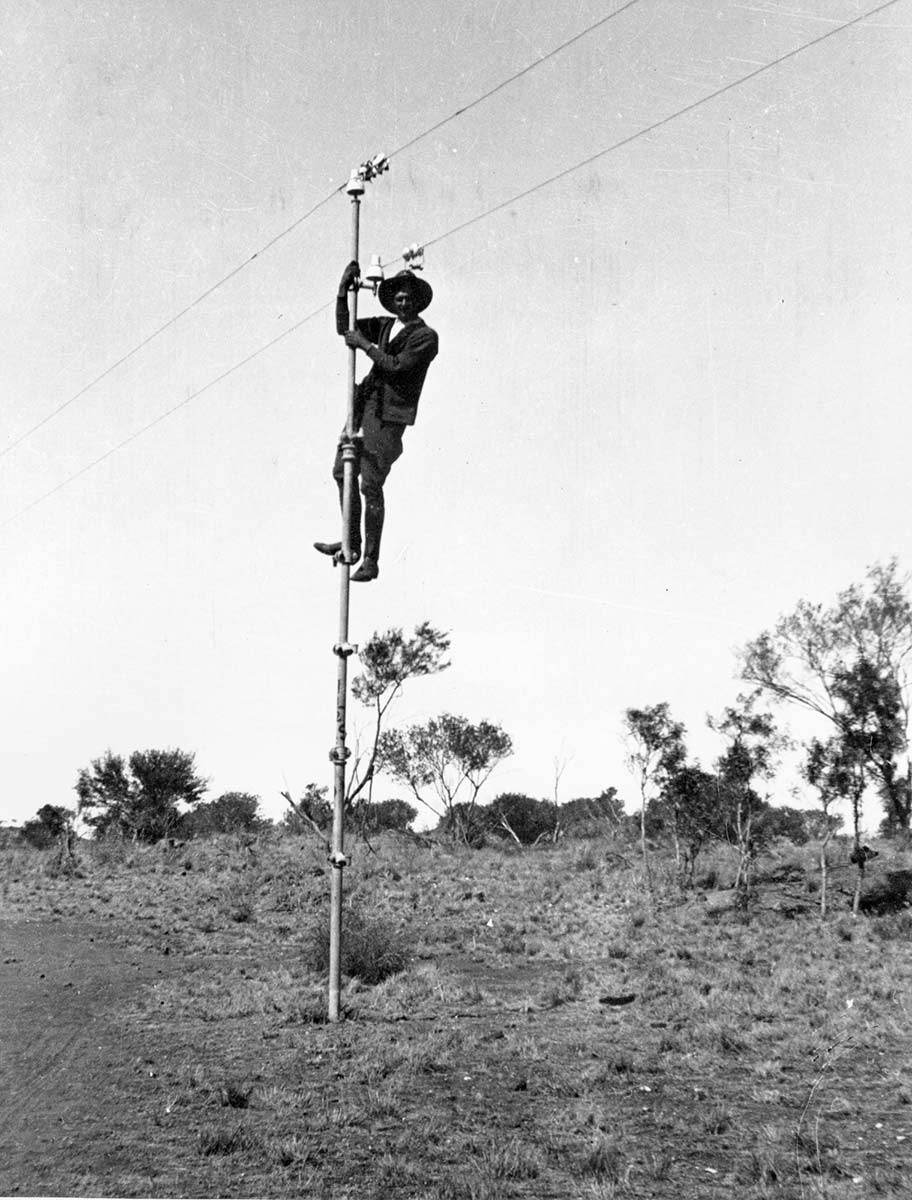
 Can you find out?
Can you find out?
1. What was electric telegraph technology and what did Australia need to connect with the rest of the world?
2. Which colony agreed to pay to build a telegraph line from southern to northern Australia and when was the line finished?
3. What did the Overland Telegraph allow Australians to do?
How isolated was Australia?
In the early days of the colony of New South Wales communication with Britain could take years. Ships carrying letters between England and Sydney took up to eight months one way and a reliable mail service was available only to government officials.
After gold was discovered in Australia in the 1850s there was pressure to reach the goldfields as quickly as possible, so new and more efficient ships were introduced on the Britain-to-Australia route. This cut down the travel time to Australia to only two months. These shorter voyages improved communication with Britain but four months was still a long time to wait for a reply to a letter.
Research task
Telegraph messages were sent and received in Morse code. Find out how Morse code works and use it to write a message. You can write your message down or send it by flashing a torch light. Have a partner decode your message.
How was telegraph technology introduced?
Electric telegraph technology was developed in both Britain and America in the 1830s. It used an electrical cable to send short messages which were coded into a series of electrical pulses taking the shape of dots and dashes. These messages could be sent to people thousands of kilometres away in minutes rather than months. Australia’s first telegraph line was built between Melbourne and Williamstown (Victoria) in 1854. Within four years Sydney, Melbourne and Adelaide were connected.
Communication between continents was still difficult as laying underwater cables was a huge technical challenge. Different types of wires and waterproof coverings were experimented with from the 1840s. By 1870 there were underwater telegraph cables linking Britain with places as far away as Japan and Java (Indonesia).
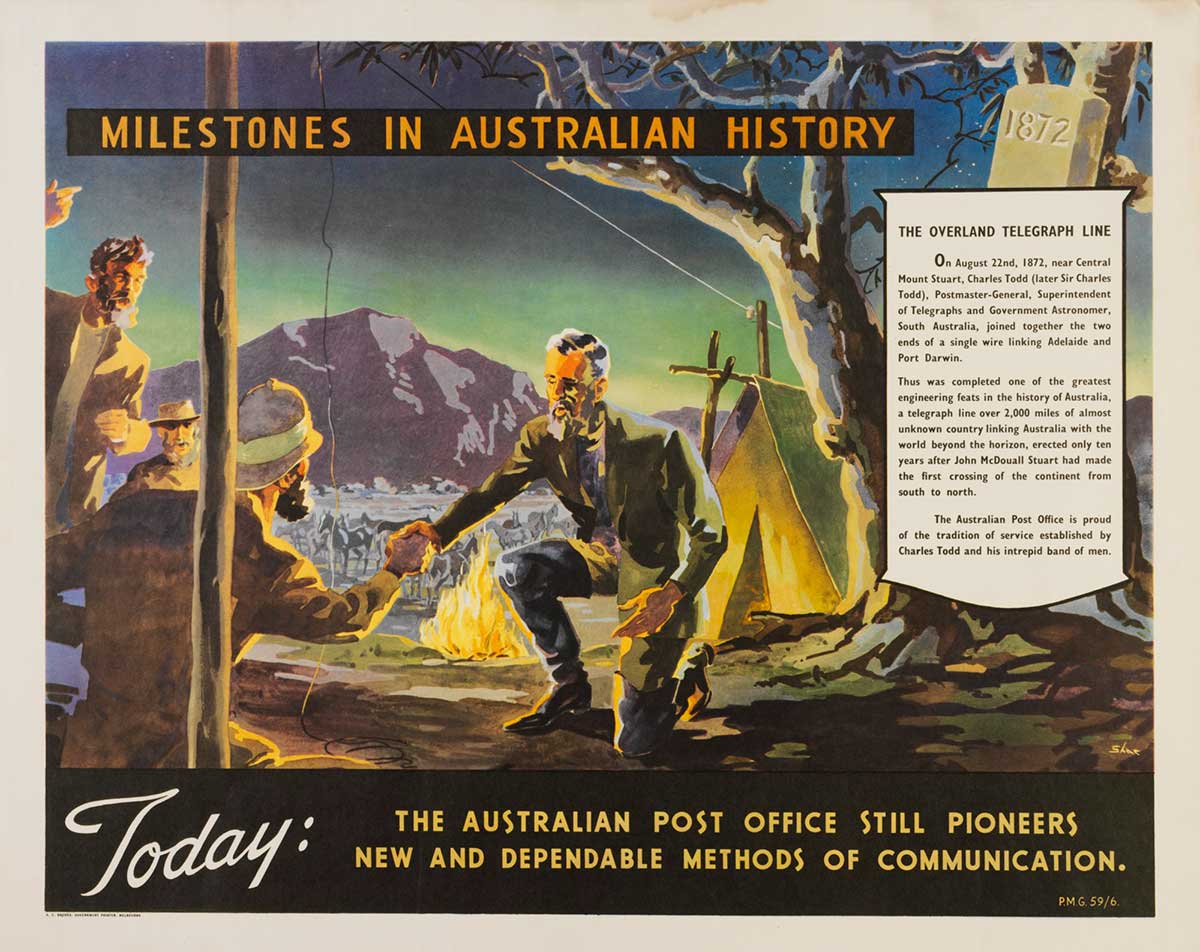
Could telegraph technology cross the Australian continent?
For Australia to be connected with the rest of the world another major engineering challenge would have to be overcome — a telegraph line had to be built between southern and northern Australia. In such a large, dry continent with so little communication infrastructure, this was one of Australia’s greatest ever engineering undertakings.
In July 1861 the disastrous Burke and Wills expedition suggested that safely travelling from Australia’s south to north was impossible. But after John McDouall Stuart made a return journey from Adelaide to the Arafura Sea in 1862, people became enthusiastic about the idea of a telegraph line across the continent. The South Australian colony agreed to pay for building a telegraph line between Port Augusta and Darwin.
Research task
The telegraph line helped to open up inland Australia to more exploration and settlement. Towns were built around the repeater stations and Alice Springs was the largest one of these. For how many years did the Alice Springs Telegraph Station exist? How have its buildings been used since it stopped working as a telegraph station?
‘We have this day, within two years, completed a line of communications two thousand miles long through the very centre of Australia, until a few years ago a terra incognita believed to be a desert.’
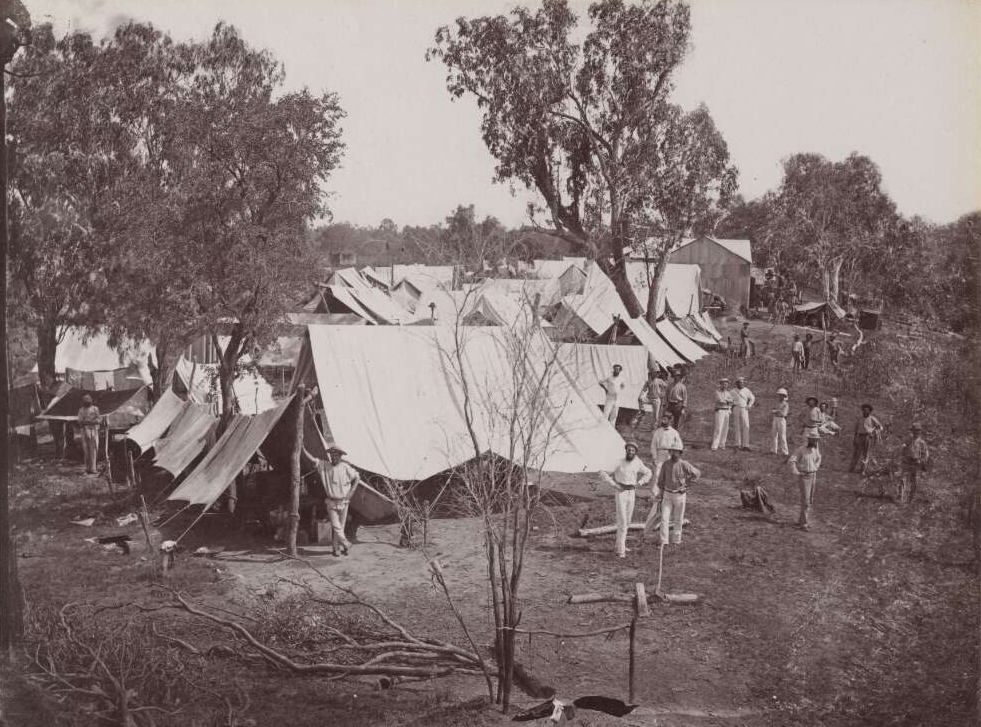
How was the Overland Telegraph built?
In July 1870 South Australia’s Superintendent of Telegraphs, Charles Todd, chose an exploration party to survey the route the telegraph cable would take. The party tried to find waterholes and areas with good supplies of timber for the telegraph poles. They generally followed Stuart’s trail, which was itself a traditional trade route created and travelled by Aboriginal people for thousands of years.
The wet season slowed down the building work and put the telegraph seven months behind schedule but it was eventually completed on 22 August 1872. The line had 36,000 telegraph poles and 11 repeater stations (these boosted the strength of the electrical signal) about 200 kilometres apart. In 1873 the Overland Telegraph was connected to the Java-to-Darwin underwater cable. Australia was now connected to the world and news that had taken months to reach England could now be transmitted within hours.
The Overland Telegraph changed the way Australia related to the world and broke the country’s extreme isolation.
Read a longer version of this Defining Moment on the National Museum of Australia’s website.
 What did you learn?
What did you learn?
1. What was electric telegraph technology and what did Australia need to connect with the rest of the world?
2. Which colony agreed to pay to build a telegraph line from southern to northern Australia and when was the line finished?
3. What did the Overland Telegraph allow Australians to do?






